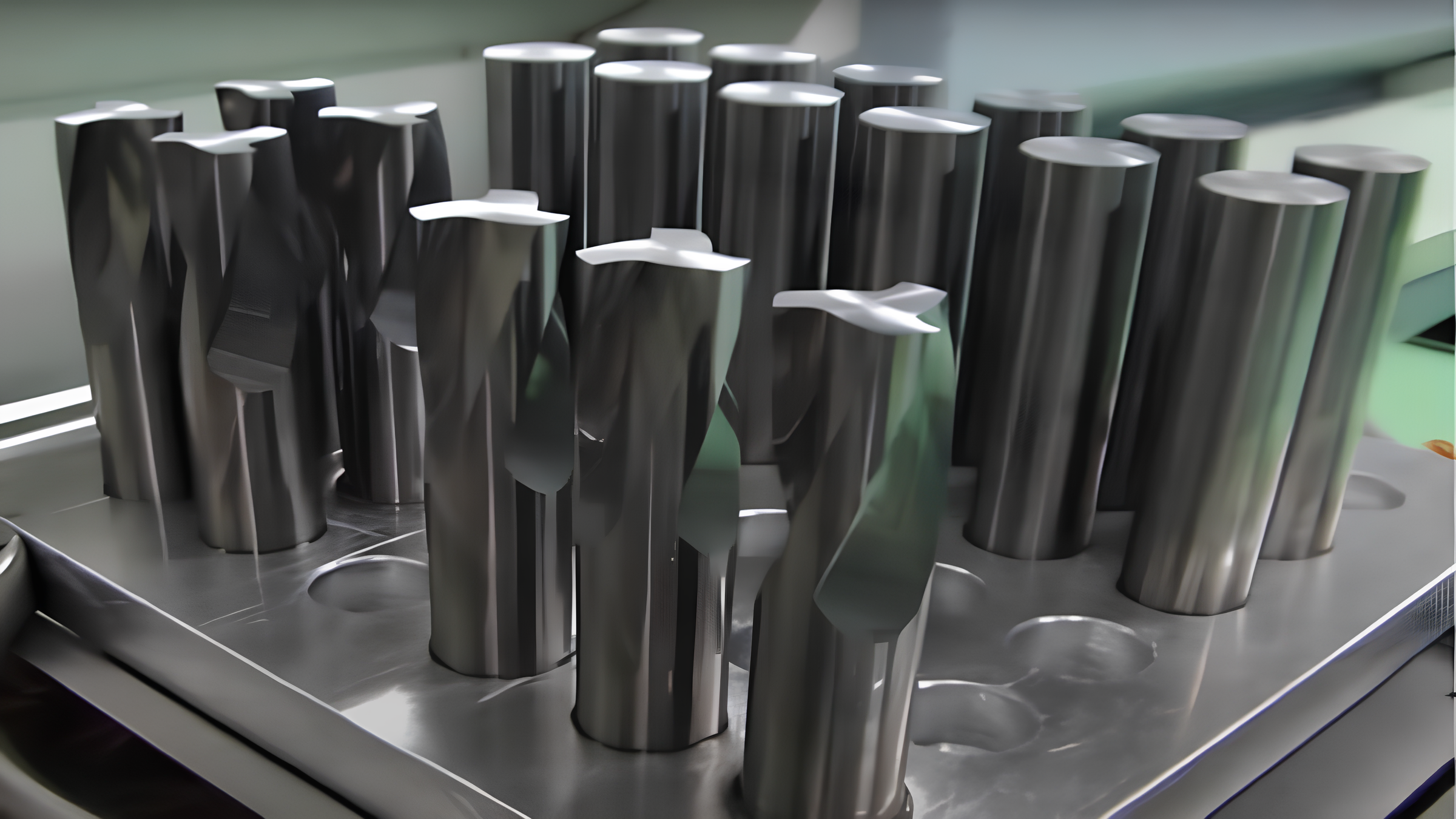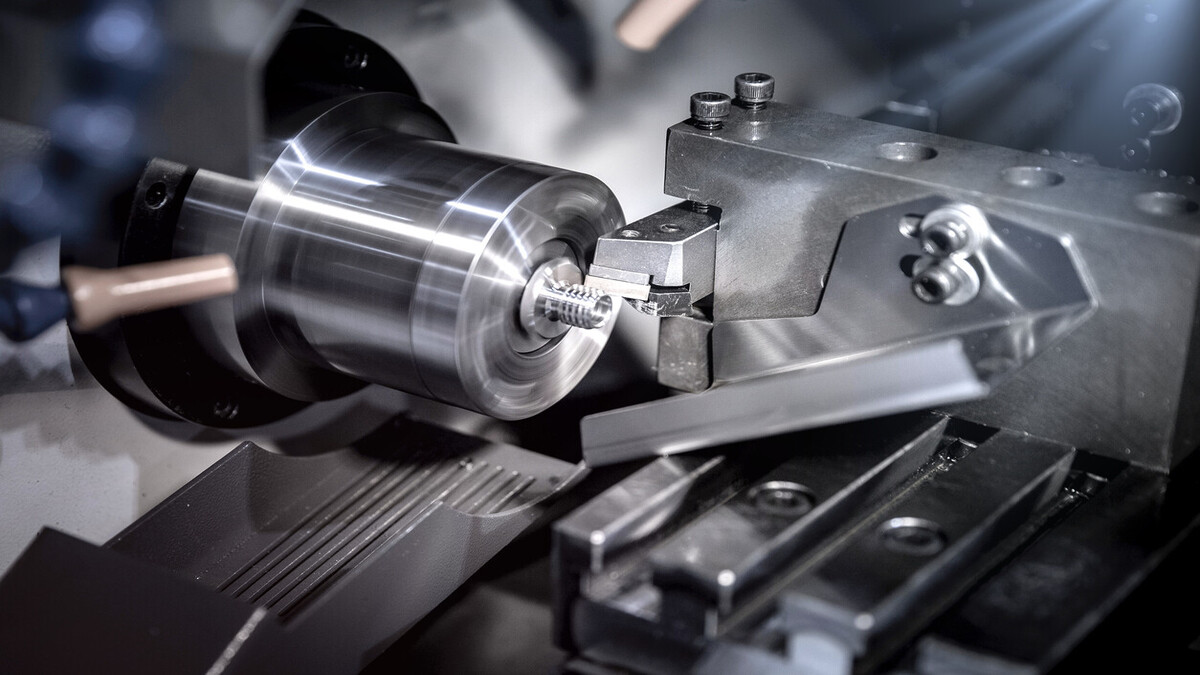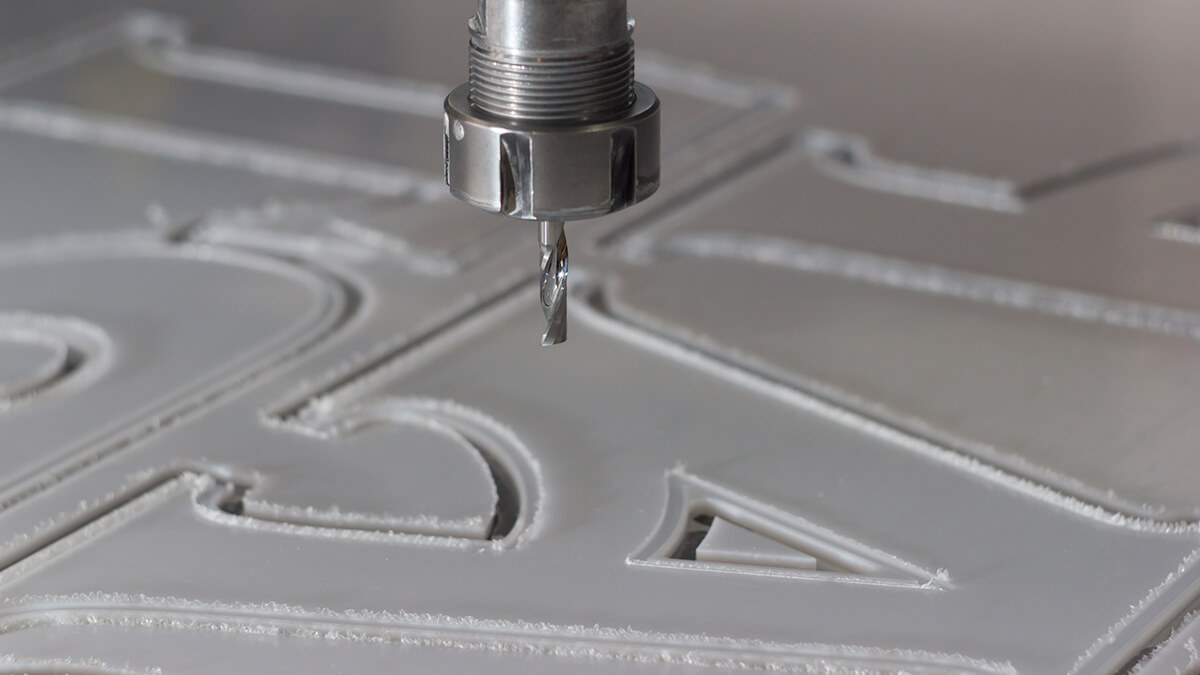- Showing results for
- Metal Processing & Equipment
In today's fast-paced world, the global manufacturing industry is undergoing a profound transformation driven by intelligence and automation, with the sheet metal processing industry following suit. Merely focusing on product quality is no longer enough to satisfy the dynamic demands of today’s market. Integrating highly efficient and intelligent production systems has become essential for enterprises to secure a competitive advantage. Tailift Co., Ltd., leveraging over 40 years of technical expertise and strong manufacturing capabilities, continues to lead this innovative wave in the sheet metal processing sector.
2025-08-29 14:25:21
In modern manufacturing, precision is the core standard by which product quality and performance are measured. From aerospace components to medical devices, even a minor deviation can lead to serious consequences. When it comes to precision drilling, a critical challenge is ensuring that a drill bit can be accurately positioned at the start of a cut while maintaining stability during high-intensity operations. The tungsten carbide center drill is the professional tool engineered specifically to solve this problem.
2025-08-28 15:19:33
The global precision manufacturing industry is facing unprecedented challenges: completing complex, multi-angle workpieces within tight deadlines while maintaining stringent precision. In this environment, five-axis machining has become a critical key to boosting corporate competitiveness. TOP SDISK (Spintop Machinery Co., Ltd.) tackles this challenge head-on by leveraging industry-leading direct drive motors and cam technology to build high-speed, high-rigidity double-axis CNC rotary tables, injecting intelligence and innovation into the manufacturing sector.
2025-08-27 15:56:14
In CNC and metalworking, cutting fluid is no longer just a coolant—it plays a critical role by providing lubrication, chip removal, and corrosion protection. With the right formulation and concentration, it can reduce cutting heat, minimize friction, extend tool life, and maintain workpiece accuracy. High-pressure cooling further enhances efficiency in deep-hole and high-speed machining. The pairing of tool material with the proper cutting fluid is equally crucial; correct selection and maintenance ensure process stability, prolong equipment life, and improve the overall work environment. Cutting fluid has become an indispensable investment in modern precision manufacturing.
2025-08-26 15:01:57
Gears are not just the heart of machinery—they’re also the driving force behind industrial upgrades. With Industry 4.0 accelerating automated manufacturing, and electric vehicles and smart machinery becoming increasingly mainstream, the global market for high-precision gears is steadily expanding, with North America and Europe emerging as key battlegrounds. Riding this wave of growing demand, Taichung-based Orris Drive has leveraged its exceptional manufacturing expertise, rigorous quality control, and flexible customization capabilities to secure a strong foothold in the premium transmission sector in Europe and North America, becoming a trusted supplier to leading international brands.
2025-08-26 13:54:24
Imagine walking into your kitchen in the morning and seeing the robotic arm of an automatic coffee machine steadily grasping your cup, or observing a robot arm in a warehouse rapidly and precisely moving boxes. Behind these smooth movements, it is not just motors or programming at work; structural components quietly provide critical support. Frames, brackets, and housings do more than maintain the skeleton—they carry high-precision gears and bearings, distribute motion loads, protect internal systems, and ultimately allow the robot to move as naturally and steadily as a human hand.
2025-08-20 10:36:52
The aerospace industry is more than just a dream of exploring the skies and stars—it’s a precise and innovative challenge. Behind the scenes, there’s a group of unsung heroes safeguarding flight safety: high-precision cutting tools. These tools cut through tough, hard-to-machine materials, building the unbreakable framework for airplanes, rockets, and satellites. Curious about how these tools perform crucial roles under extreme conditions of high heat, high pressure, and the demand for lightweight design? Let’s uncover the secrets of aerospace machining and see how JIN LI CHENG uses technology and expertise to become the most trusted partner in aerospace manufacturing.
2025-08-18 14:42:59
In the world of industrial cutting tools, tungsten carbide is like a superhero: extremely hard, wear-resistant, heat-tolerant, and remarkably tough, able to stay sharp without chipping during high-speed cutting and prolonged machining. From rough milling to precision engraving, its variety of tool shapes and coating technologies allow it to tackle diverse challenges. Its applications even extend beyond cutting tools to wear-resistant parts, mining bits, and even fashion accessories. Whether in automotive components, aerospace molds, or everyday aesthetics, tungsten carbide stands as a reliable powerhouse in modern manufacturing. This article will take you deep into the material’s properties, machining principles, and real-world applications.
2025-08-15 09:13:29
The manufacturing revolution in the micro world is quietly sweeping across the globe! As the medical, electronics, and automotive industries rapidly increase their demand for high-precision micro components, the global micromanufacturing equipment market is experiencing unprecedented growth. From implantable medical devices to smart car sensors, these precision tools not only drive technological innovation but have also become key investment targets for major international corporations and governments. With the support of intelligent and automated technologies, the future of micromanufacturing will be faster and smarter, propelling the global manufacturing industry to new heights!
2025-08-14 11:50:48
The traditional manufacturing industry relied on skilled artisans manually operating lathes, meticulously shaping perfect components with hand tools. However, as times have rapidly changed, lathes have evolved from manual machines into automated equipment. Now, instead of manual carving, engineers can produce parts simply by inputting a program. The emergence of big data, AI, and the Internet of Things (IoT) has brought another wave of impact to the industry, signaling that a new manufacturing revolution is on the horizon.
2025-08-08 10:28:10
When we examine the progress of the manufacturing industry, the role of cutting tools is often taken for granted. Their value seems straightforward: cut faster, more accurately, and last longer to boost production efficiency and lower costs. However, at the forefront of high-end manufacturing in aerospace, medical, and semiconductor industries, this traditional mindset is being completely redefined. A deeper insight is emerging: the true value of a cutting tool is no longer just about improving cutting efficiency but about becoming a key explorer that helps industries push the boundaries of material application.
2025-08-05 15:45:04
Cutting tools are a cornerstone of modern manufacturing. Their importance goes beyond the production line; they are fundamental to a product's quality, efficiency, and cost. They can be seen as the key technology that "brings materials to life," and their performance directly impacts the final product's precision, efficiency, and potential for innovation.
2025-08-05 09:42:18
The global manufacturing industry is rapidly evolving, and companies need to find partners who are efficient, high-quality, and capable of integrated services to maintain competitiveness. Jinholly Co., Ltd., a Taiwan-based company deeply rooted in precision metal processing, is providing clear solutions for this industrial transformation through its unique "one-stop" service model.
2025-07-30 13:49:41
Artificial intelligence and automation technologies are advancing at a rapid pace, driving large‑scale deployments of robots across manufacturing, healthcare, logistics, and service sectors. This momentum is propelling overall industry upgrades and operational efficiency leaps. Amid this wave, mastering the manufacture of high‑precision, high‑reliability core components has become the decisive factor in market competitiveness.
2025-07-29 16:12:44
Over the past decade, cutting fluid recycling and regeneration technologies have evolved from auxiliary support services into essential core equipment and processes within manufacturing. Recycling and reusing cutting fluids reduce raw material and water waste, making production processes more aligned with circular economy principles. According to market forecasts, the global cutting fluid market size will reach USD 3.78 billion in 2024 and is expected to grow to USD 5.64 billion by 2033, with a compound annual growth rate (CAGR) of approximately 4.3%. Among this, the market for regeneration equipment and treatment services is expanding particularly rapidly, reaching about USD 1.31 billion in 2024 and projected to double to USD 2.61 billion by 2033, with a CAGR as high as 7.8%.
2025-07-29 15:44:40
Since its founding in 2013, Hon Chuan Technology Co., Ltd. has specialized in the development and manufacturing of cutting fluid filtration and recycling systems. These systems are widely applied in industries such as aerospace, automotive, CNC machining, die-casting molds, medical components, bicycle parts, and sports equipment. By providing highly efficient and eco-friendly fluid management solutions, Hon Chuan helps companies conserve resources, improve production line efficiency, and move toward sustainable operations.
2025-07-29 14:17:45
Sheet metal machines are widely used in various manufacturing industries for shaping, cutting, and forming sheet metal into different components. Some of the industries that extensively utilize sheet metal machines include light industries such as electrical and medical equipment, all the way up to heavy industries such as automotive, rail, oil and gas, as well as wind power generation.
2024-11-18 15:00:35
Nestled in the heart of East Asia, Taiwan has emerged as a powerhouse in the global stamp press industry, with a robust manufacturing ecosystem, and cutting-edge technology. With a rich manufacturing tradition and a focus on precision engineering, Taiwanese companies meet the demands of diverse sectors, ranging from electronics and automotive to medical devices and aerospace, supplying high-quality stamp press solutions to a diverse range of markets worldwide.
2024-11-18 14:14:16
Stamp press technology, also known as stamping or pressing, is a manufacturing process that utilizes a press to shape or cut materials into desired forms. This process involves the use of a die and a punch to form or cut the material, creating intricate shapes with high precision. Widely employed for mass production due to its speed, accuracy, and repeatability, this process is a crucial part of modern manufacturing.
2024-11-18 12:07:43
Since its inception in 1982, EVERISING has dedicated itself to designing and producing a diverse range of sawing machines that cater to a myriad of industrial needs, from basic band saws to complex circular saw cutting machines. EVERISING stands out for its professional-grade sawing solutions, each with distinctive features suited for any cutting application. Whether it’s slicing through metal, aluminum, or even materials as tough as quartz and silicon, EVERISING offers a tailored solution.
2024-08-15 16:05:46
Agree
















.jpg)



